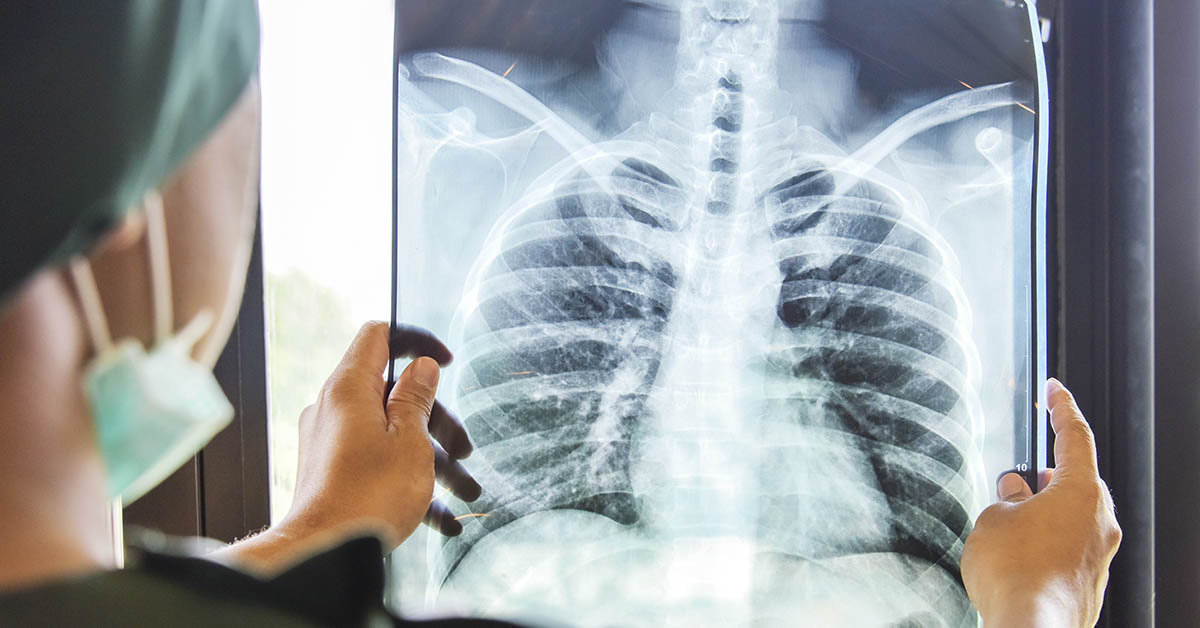Lung cancer is the leading cause of cancer-related deaths worldwide. It’s estimated that more than 1.8 million people will die from lung cancer this year alone. It’s not just smokers, either. Of that 1.8 million, 20% are non-smokers. Many of these cases could be prevented, too, with regular screening and early detection. This is why knowing the lung cancer symptoms could save your life. (1, 2)
Lung Cancer Symptoms And How To Know You’ve Got It

Though lung cancer is far too common, it is preventable. Knowing the lung cancer symptoms and having regular screenings are key to prevention. The American Cancer Society recommends getting screened by your doctor every year if you are over 50 years old, have a history of smoking or exposure to secondhand smoke, or have a family history of lung cancer. This includes if you’ve quit even in the last 15 years. On top of that, if you work or live in an environment with high amounts of air pollution or you work with chemicals, regular screenings will be important for you, too.
The biggest problem with lung cancer is it often doesn’t show symptoms until it has spread. Though sometimes early symptoms can be caught, if you know them, it is still critical that you are screened regularly. This way, even if you don’t have symptoms, cancer will still be caught early.
Read More: Finger Test For Lung Cancer Could Determine Cancer Risk
The Symptoms of Lung Cancer
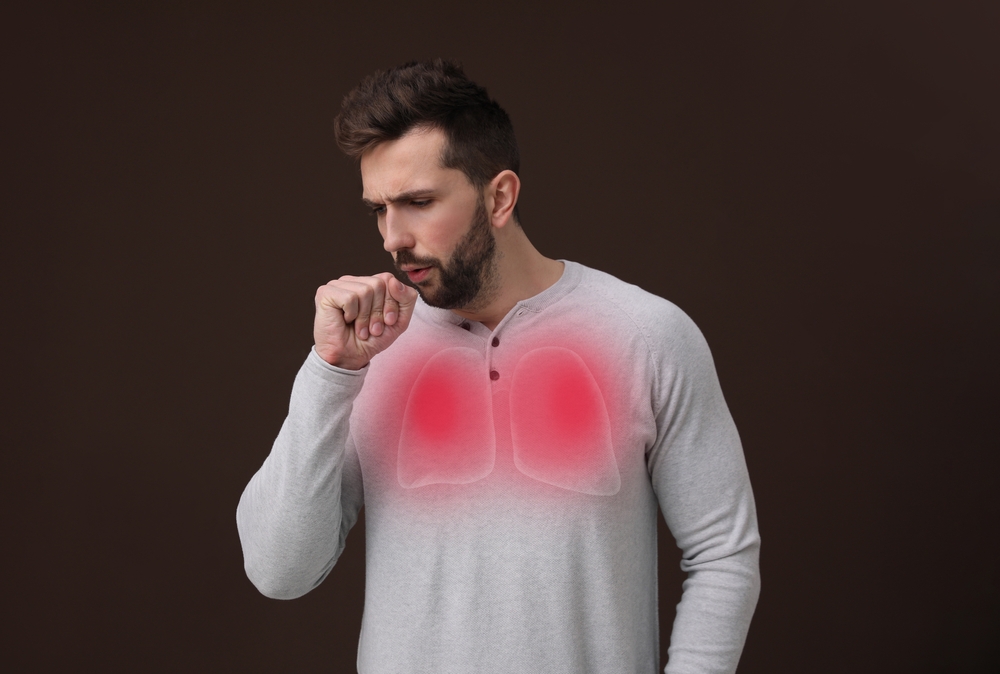
Another difficulty with lung cancer symptoms is that they are often present with many other conditions. Just because you have them doesn’t mean that it is cancer. Still, you should see your doctor regardless, if only to rule it out. The symptoms of lung cancer include (3, 4):
- A persistent cough that doesn’t go away or gets worse
- Coughing up blood or mucus (phlegm)
- Shortness of breath
- Chest pain that does not go away after resting for a few minutes and gets worse with deep breathing, coughing, or laughing
- Hoarseness
- Loss of appetite
- Unexplained weight loss
- Feeling tired or weak
- Infections such as bronchitis or pneumonia that keep coming back
- New onset of wheezing
Symptoms of Lung Cancer After it Spreads

These are all the potential symptoms that lung cancer can cause before it spreads. That being said, this could have already happened by the time you noticed them. There are other symptoms of lung cancer that you may notice once it has spread to other parts of the body. These include:
- Bone pain (such as pain in the back or hips)
- The nervous system changes if it has spread to the brain, for example, headache, weakness or numbness in an arm or leg, dizziness, balance problems, or seizures.
- Yellowing of the skin and eyes if it has spread to your liver
- Swelling of the lymph nodes in the neck or above the collarbone
Horner Syndrome
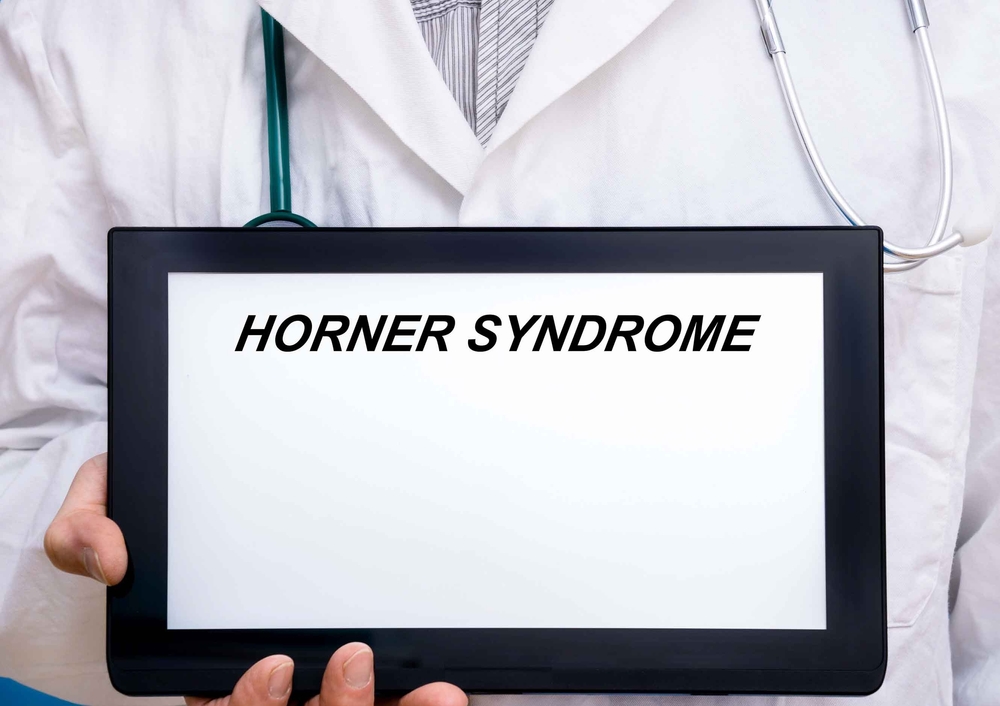
Horner Syndrome is a rare side effect of lung cancer that is caused by the cancer cells spreading to the nerves that control your eye muscles. It can cause one pupil in each eye to become smaller than normal, and/or narrow the opening of your eyelids (known as ptosis).
The symptoms of Horner Syndrome can be similar to those of Bell’s Palsy, another rare side effect of lung cancer that is caused by the cancer cells spreading to your facial nerves. The two conditions can often be mistaken for each other, as they both cause one eye to become smaller than normal.
Read More: New Research Says Honeybees Can Detect Lung Cancer In Humans
Superior Vena Cava Syndrome
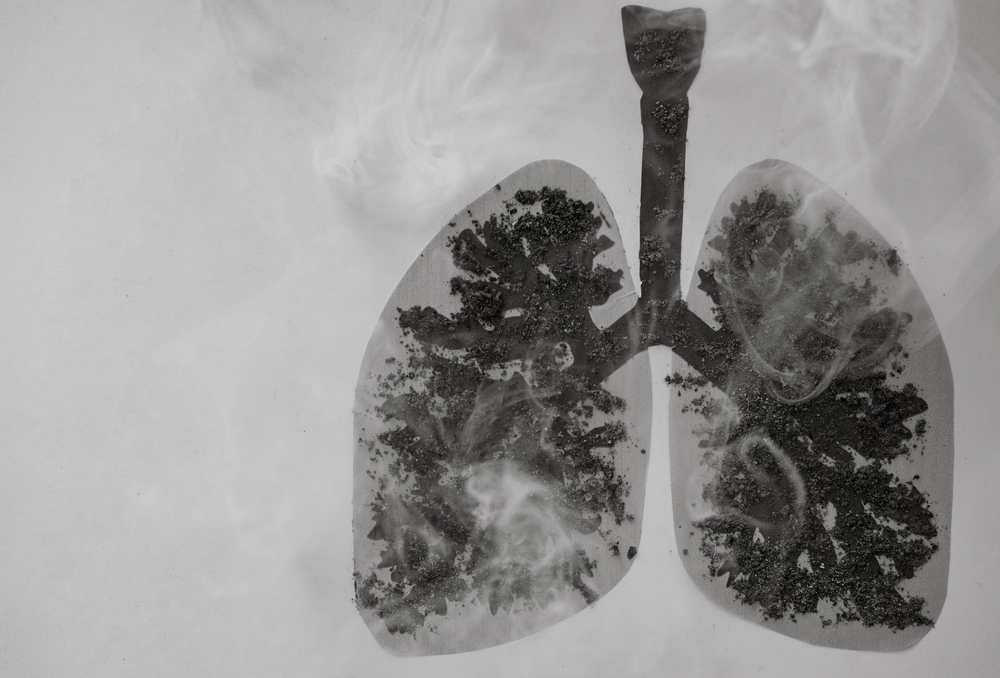
Superior vena cava syndrome is a rare side effect of lung cancer that is caused by the cancer cells spreading to the veins in your chest. It can cause blood clots to form in your superior vena cava, the large vein that carries blood from your head and upper body back to your heart. This can travel through the bloodstream and block blood flow. This can result in symptoms such as swelling of the face, arms, hands, or lower legs; shortness of breath; dizziness; nausea; and vomiting.
Paraneoplastic Syndromes
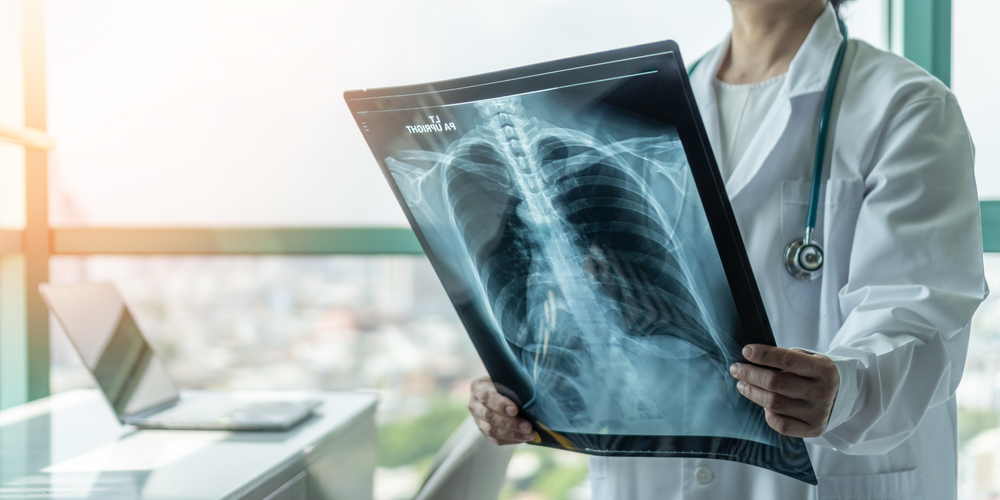
Sometimes, lung cancer will make hormone-like substances that enter the bloodstream. These hormones then cause problems in other tissues, even though actual cancer hasn’t spread there. These are called paraneoplastic syndromes. The most common paraneoplastic syndrome is called the carcinoid syndrome. This causes problems that affect the digestive tract, such as diarrhea, constipation, and stomach pain. Other paraneoplastic syndromes include Lambert-Eaton myasthenic syndrome (LEMS), where muscles start to weaken and can’t work properly; subacute granulomatous hepatitis, where your liver becomes inflamed; and neuropathies, where nerves in your body become damaged.
The Bottom Line

Avoiding behaviors that can increase your risk of lung cancer and living a healthy lifestyle will decrease your risk of developing the disease. Still, however, especially depending on your family history or where you live, the risk is not zero. If you’re at risk for lung cancer, talk to your doctor about screening. Screening can help identify lung cancer early on when it’s more treatable. If you notice any symptoms, see your doctor right away. It’s always better to be wrong about having cancer than to not get it checked early and be right.
Read More: Finally! Blood Test Could Catch Lung Cancer Before It’s Too Late
Sources
- “THE BURDEN OF CANCER.” Cancer Atlas
- “Lung Cancer Risks for People Who Don’t Smoke.” Cancer. ACS Medical Content and News Staff. October 14, 2020.
- “Signs and Symptoms of Lung Cancer.” Cancer
- “What Are the Symptoms of Lung Cancer?” CDC
